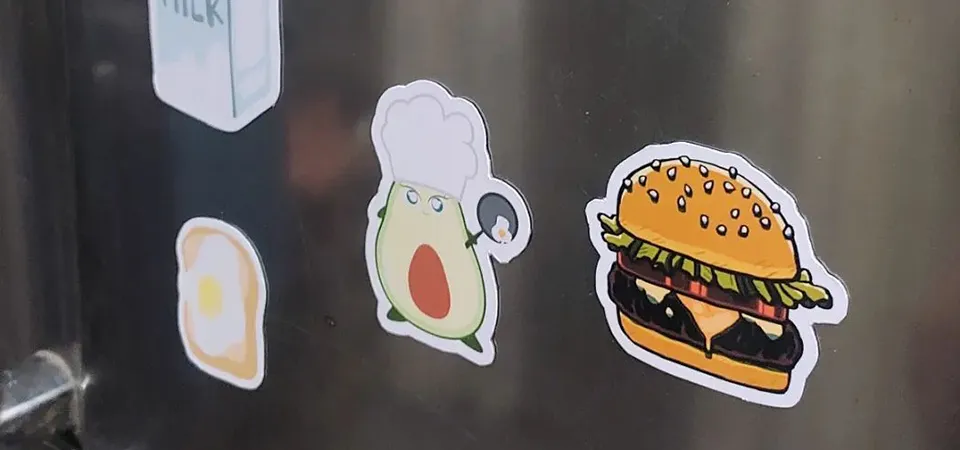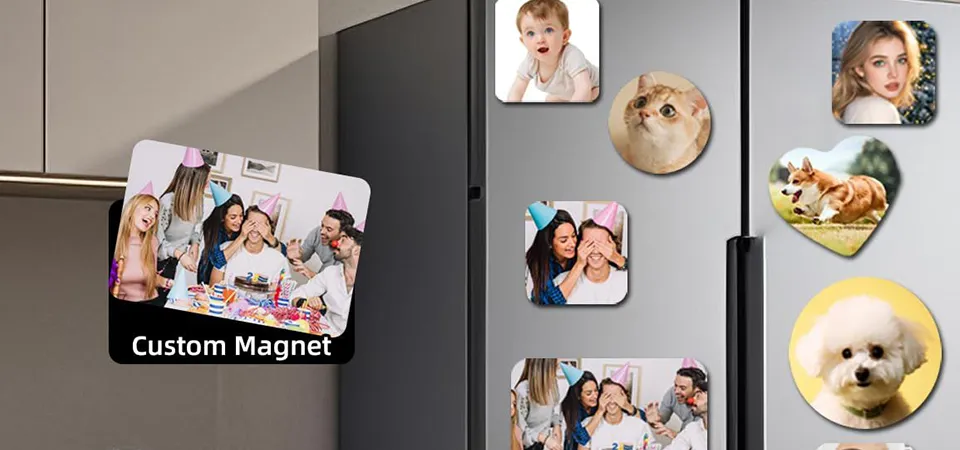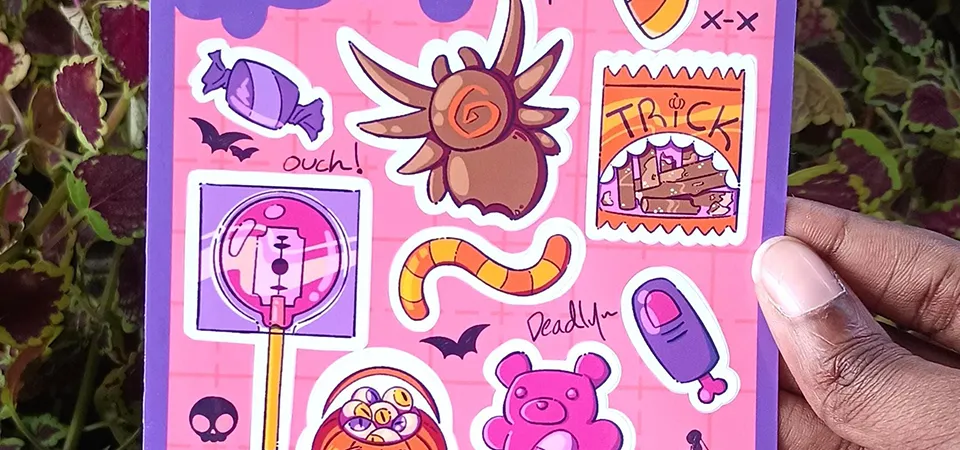You get a beautiful new stainless steel fridge, ready to be decorated. But when you go to hang up a photo with your favorite magnet, it slides right off, leaving the surface disappointingly bare.
Your magnets probably don't stick because many stainless steel fridges use non-magnetic austenitic grades, like 304 or 316. This type of steel has a special crystal structure and high nickel content, chosen by manufacturers for its excellent rust resistance and clean appearance.
In my business, we work with all sorts of materials, and "stainless steel" is one of the most misunderstood. People assume all steel is magnetic because it contains iron, but the reality is more complex. The alloy's recipe changes everything. It's frustrating when your new appliance doesn't work as you expect, but understanding why magnets don't stick is the first step. Let's break down what's really going on with the metal on your fridge.
What is stainless steel and why does it not stick to magnets like other metals do?
You see the word "steel" and expect magnets to work instantly. When they don't, it feels confusing and makes you question why stainless steel acts so differently from the regular steel you're used to.
Stainless steel is iron mixed with at least 10.5% chromium to prevent rust. Many fridges use an "austenitic" grade with added nickel. This nickel changes the steel's internal crystal structure from magnetic to non-magnetic, unlike the iron-based structure of regular steel.

Think of stainless steel not as a single material, but as a family of recipes. The main ingredient is always iron, which is naturally magnetic. But the other ingredients added to the mix change its properties completely. In my printing business, choosing the right material is critical, whether it's the right vinyl for a sticker or the right paper for a label. It's exactly the same for an appliance manufacturer. They choose a specific "grade" or recipe based on the job it needs to do. For a fridge, they want a finish that looks great and will never, ever rust.
The Main Stainless Steel Families
Manufacturers build appliances with performance in mind. For a fridge door, that means fighting corrosion and fingerprints.
- Austenitic Steel (like Grade 304 or 316): This is the most popular choice for high-end appliances. The recipe includes a healthy amount of chromium and nickel. The nickel is key—it stabilizes a specific crystal structure called "austenite," which is non-magnetic at room temperature. This is almost certainly what your non-magnetic fridge is made of.
- Ferritic Steel (like Grade 430): This recipe has less nickel and keeps more of its iron characteristics. Its crystal structure is called "ferrite," which is magnetic. Some appliances use this grade, but it's often seen as a slightly lower-cost alternative to austenitic steel for exteriors.
So, the lack of magnetism isn't a flaw. It's actually a side effect of using a high-quality, corrosion-resistant alloy.
What makes stainless steel magnetic?
You've probably noticed that some of your other stainless steel items are magnetic. Maybe it’s a kitchen knife or a mixing bowl. This makes your non-magnetic fridge even more confusing and can make it seem like a defect.
Stainless steel becomes magnetic when its recipe includes a lot of iron and very little nickel. These types, known as ferritic or martensitic grades (like 430 or 410), have a crystal structure that allows magnetism. It's the composition, not the quality, that matters.

The magnetism of a stainless steel product is decided by its recipe and how it's treated at the factory. It’s not an indicator of good or bad quality. A magnetic knife and a non-magnetic fridge can both be made from high-grade steel, but they are engineered for different purposes. Your knife needs to be hard to hold an edge, while your fridge needs to be soft enough to form into a door and be highly rust-proof.
Magnetic Stainless Steel Types
Let's compare the different steel families to see why some are magnetic and some are not.
| Steel Type | Key Elements | Crystal Structure | Magnetic? | Common Use |
|---|---|---|---|---|
| Ferritic | High Iron, Chromium | Ferrite | Yes | Car exhausts, some appliances |
| Martensitic | High Iron, Carbon | Martensite | Yes | Knives, surgical tools |
| Austenitic | Iron, Chromium, Nickel | Austenite | No | Fridges, sinks, food equipment |
Interestingly, even a non-magnetic austenitic steel can become slightly magnetic through a process called "cold working." When the steel sheet is bent, stamped, or welded during manufacturing, the stress can change small areas of its crystal structure into a magnetic form. You might find that a strong magnet has a very weak pull on the bent edges of your fridge door, even if the flat front surface has zero attraction.
How can I test if a magnet will stick to my fridge?
You are in the appliance store, looking at rows of shiny fridges. You want to avoid the "no magnets" problem this time around, but you don't want to get it home only to be disappointed again.
The easiest way to test is to bring a magnet with you to the appliance store. A regular refrigerator magnet will work, but a small, strong neodymium magnet is best. Simply try to stick it to the door and sides. The result is instant.

This is the most practical advice I can give anyone shopping for a new appliance. Don't just trust the spec sheet or the salesperson's guess; do the test yourself. It takes five seconds and removes all doubt.
A Simple Fridge Test
Here's how to do it right in the store.
- Bring a Strong Magnet: Keep a small but powerful magnet in your pocket or bag. A simple souvenir magnet is okay, but a tiny neodymium craft magnet is much better. Its stronger pull can detect even weakly magnetic surfaces.
- Test the Front Door: This is the most important surface. Press the magnet against the main door panel. Some fridges have a non-magnetic stainless layer over a magnetic steel core, and a strong magnet might have a gentle pull. A weak magnet might not work at all.
- Test the Sides: Don't forget the sides! To save on costs, manufacturers often use a different material for the sides, usually a standard painted steel that is magnetic. Even if the front is not magnetic, the sides might be the perfect spot for your collection.
What If Magnets Don't Stick?
If you fall in love with a fridge but it fails the magnet test, don't worry. You still have great options. As someone in the sticker and label business, I always think about adhesives and surfaces. You can find slim adhesive magnetic boards, use removable putty on the back of your items, or apply high-quality removable decals for a clean, modern look.
Conclusion
Your stainless steel fridge likely uses a non-magnetic alloy for superior rust resistance. It’s a feature, not a flaw. Understanding the material helps you choose and decorate your appliances wisely.








